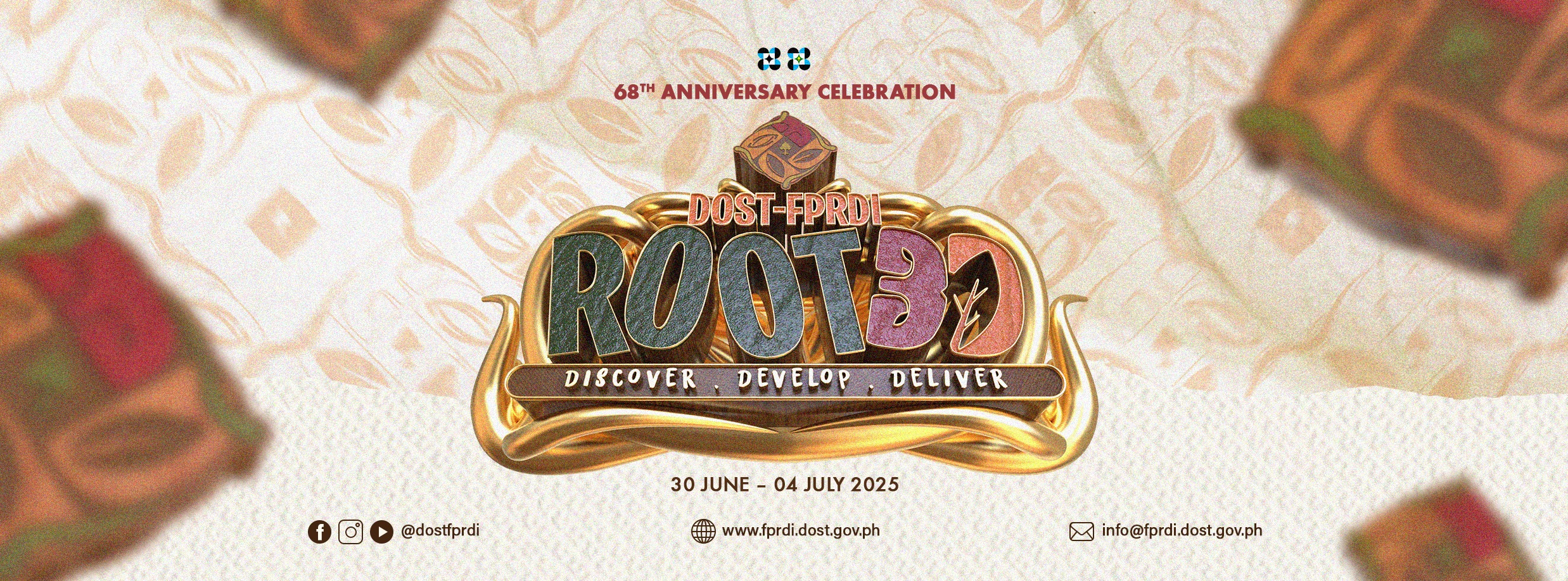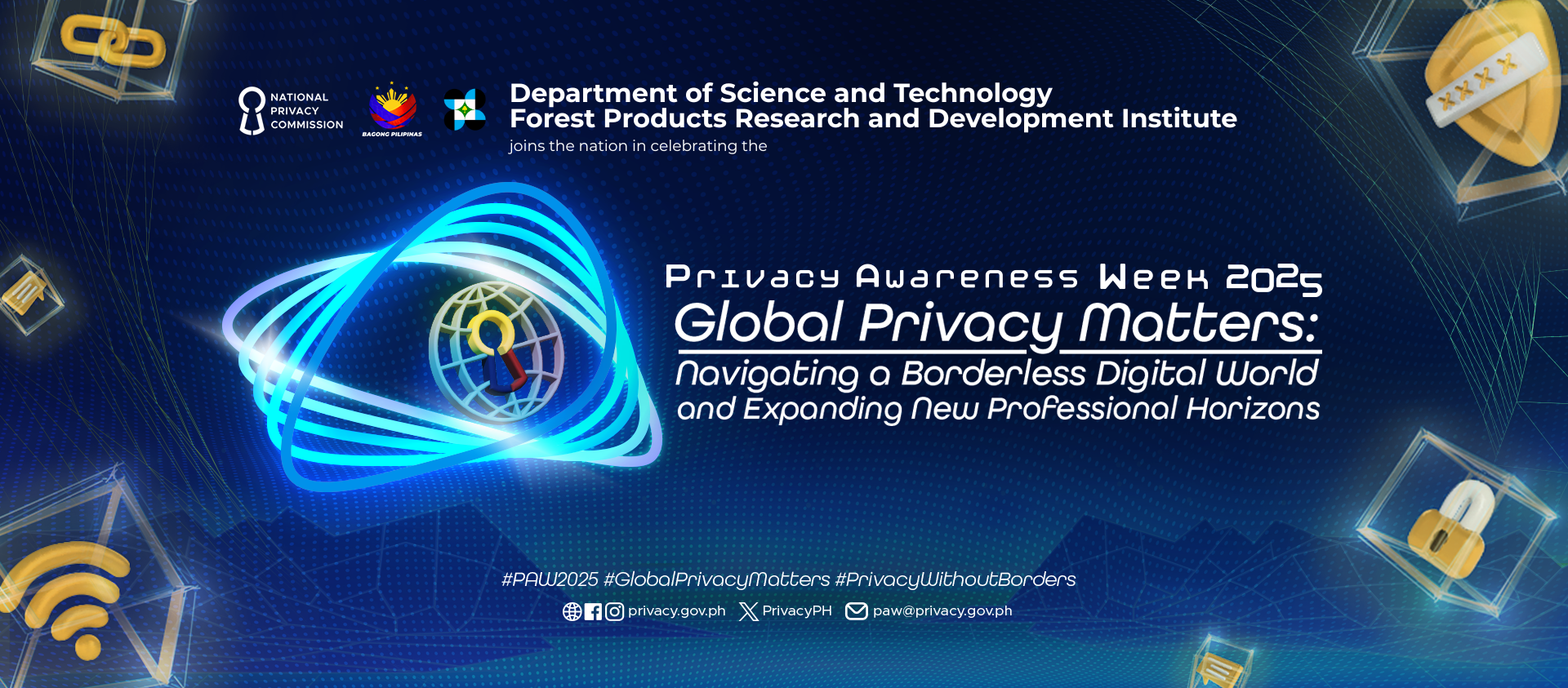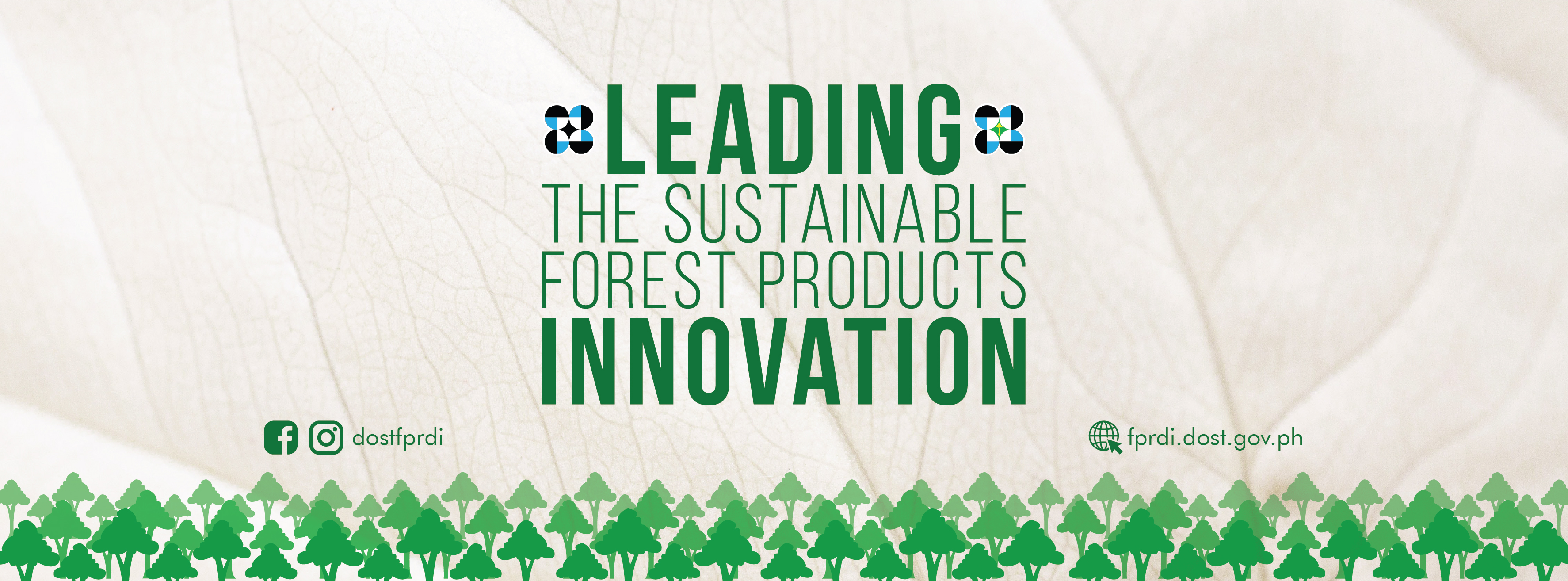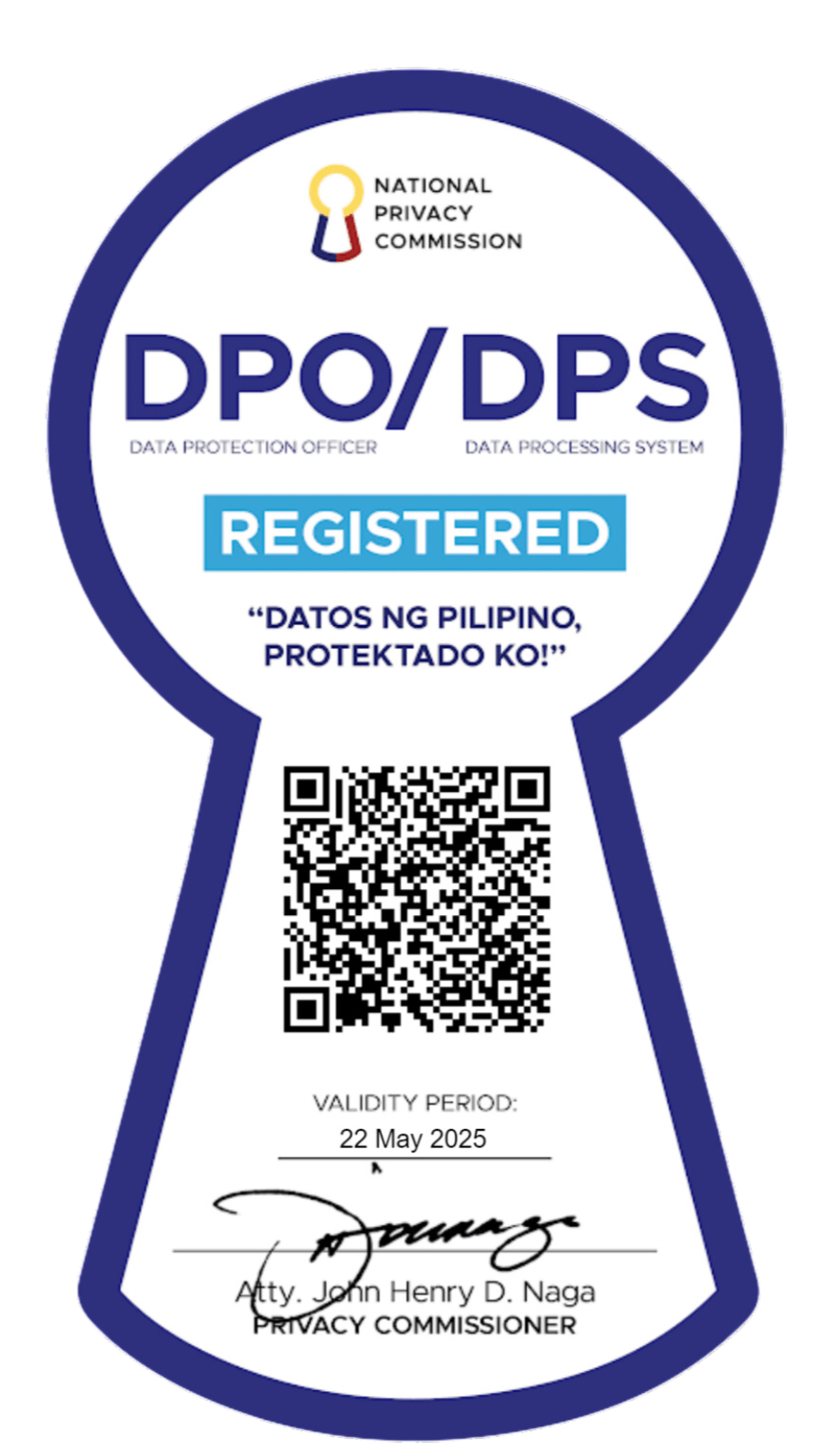For the first time come June, a group of high school students in Zamboanga Sibugay will be learning how to grow, plant and harvest the sap of rubber trees – the most important crop in their province.
The task of teaching the rubber production course may seem daunting, but teacher Elsa Vendiola is confident she will be able to teach the subject well, thanks to a recent training she went to.
Organized by the DOST-Forest Products Research and Development Institute (DOST-FPRDI), the training was designed to teach four competencies: establish a rubber budwood and seedlings nursery, plant rubber trees and seedlings, do a budding operation, and harvest latex.
“From the course, I learned not only concepts but skills I could pass on not only to my students but even to my peers in school,” explains Vendiola.
For Esmeraldo Hanito of the University of Southern Mindanao, the training made him see that more efficient ways of rubber tapping are available. “This new knowledge excites me as I am about to retire from academe soon,” says Hanito.
Vendiola and Hanito were among the 25 trainees who were assessed and awarded the National Certificate II (NC II) by the Technical Education and Skills Authority (TESDA). This means that they “demonstrated necessary skill and knowledge to perform the tasks carried out by a professional.”
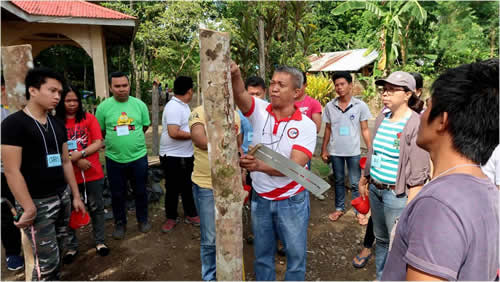
|
| Prof. Angelito Aballe (in white polo) discusses the correct harvesting of rubber latex. Tappers make a cut in the trunk to collect the sap (called latex) and let the tree live on. |
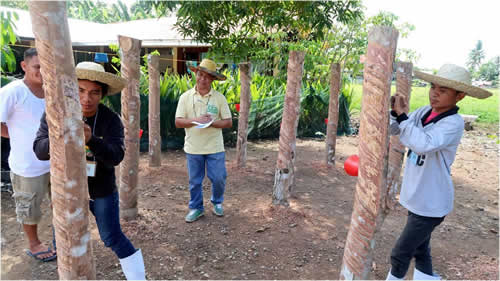
|
| The quality of and speed in tapping are evaluated during the training. |
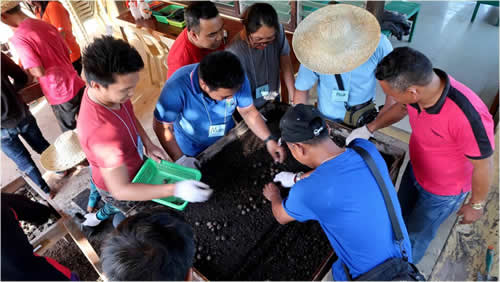
|
| Hands-on activity on seedbed preparation and seed sowing. |
Building on people’s innate capacity
For most areas in Kabasalan town, rubber production is part of community life. At 2 to 3 in the morning, children as young as 11 years old wake up to tap rubber trees. Their parents, meanwhile, collect the sap later in the day. The bark of the trees is said to give out more sap when cut early in the morning.
“Most local farmers are already skilled tappers. We want to complement their skill with scientific knowledge to lessen the damage on rubber trees. Proper tapping will not only prolong tree life, but will also improve latex yield that could increase farmers’ income,” explains Dr. Maria Cielito G. Siladan, project leader and chief of FPRDI’s Training and Manpower Development Section.
According to Siladan, rubber is one of the country’s most valued agricultural crops. Of the 140,000 metric tons of rubber produced in the last quarter of 2017, almost half came from Zamboanga Peninsula. Currently, the Philippines ranks 10th among the rubber producing countries in the world.
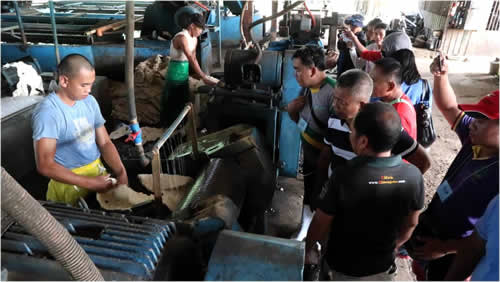
|
| Trainees check on various rubber products manufactured at the Philippine Pioneer Rubber Products Corporation in La Paz, Naga, Zamboanga Sibugay. (All photos from Fors. Jeriel Payuan and Christian Amante) |
“FPRDI recognizes the government’s effort to push for a stronger rubber industry. This rubber production training is one of the Institute’s ways of contributing to that goal,” she adds.
Geared toward increasing the number of competent rubber farmer-tappers and improving the quality of harvested latex, the course has so far trained 386 persons, 49 of which are NC II holders. It is part of the project “Capability Building on Tapping and Use of Appropriate Coagulant for Improved Rubber Latex Yield” funded by DOST’s Philippine Council for Agriculture, Aquatic and Natural Resources Research and Development (PCAARRD).
“We hope to replicate this initiative in other provinces so that more people can benefit from the science of rubber tapping,” ends Siladan.
The training was held last April 9- 21, 2018 and facilitated by Prof. Angelito Aballe of the JP Aballe Learning and Development Center, with the help of DOST-FPRDI’s Fors. Jeriel S. Payuan and Christian R. Amante. ### (Apple Jean Martin- de Leon, 22 May 2018)

